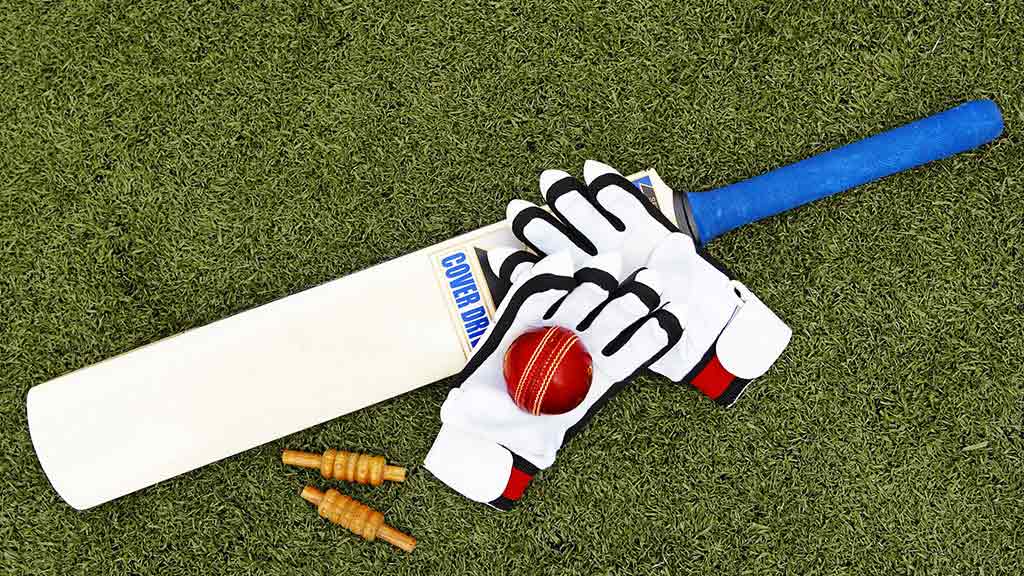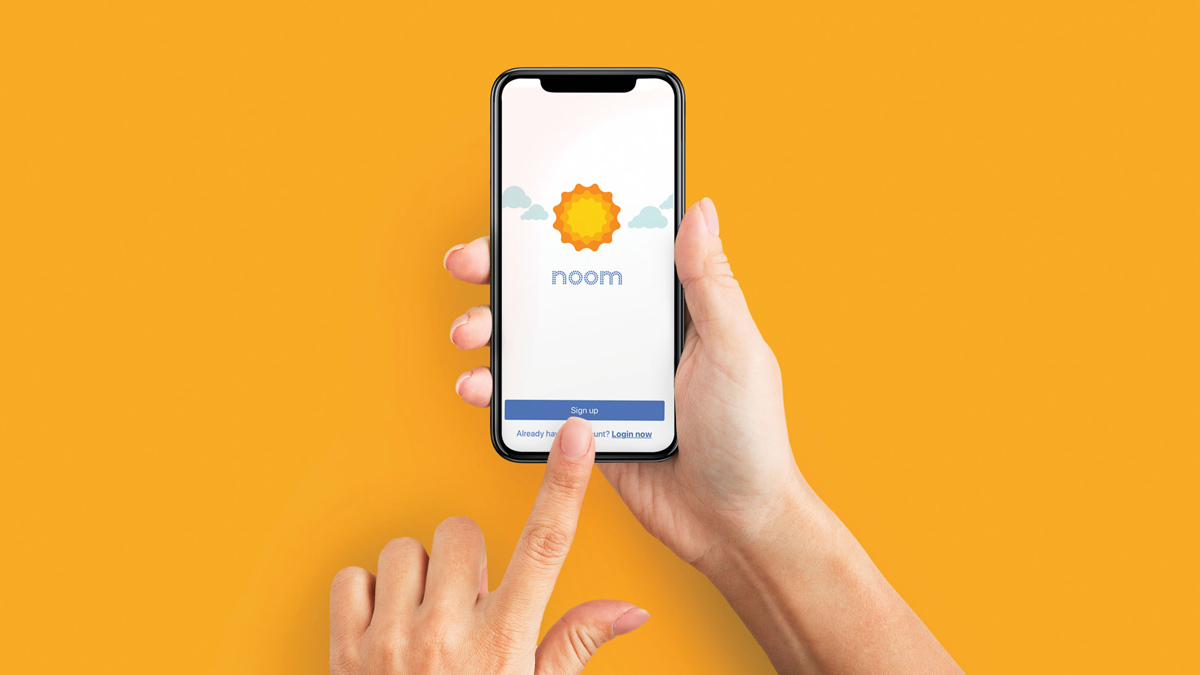Get our independent lab tests, expert reviews and honest advice.
How to buy the best junior cricket bat for your child

If it turns out your child isn’t half bad at cricket, then it’s time to move on from the cheap toy store cricket bat you bought a few years ago. But there’s a lot of different bats available, in different sizes and weights. Do you buy one that’s right for right now, or one that will do them for a few years? How much do you have to pay to get something decent?
On this page:
If your Saturdays are going to be spent watching your young Don Bradman or Belinda Clark for hours upon hours at the crease, you’ll want them to have the right equipment. So when your young cricketer plays a great shot, it’s sure to go all the way to the boundary!
How to choose a bat
We recommend you buy your child’s bat from a specialist cricket retailer. They should be able to offer the best advice and help to choose a bat that’s right. Also, they can often offer other services such as knocking-in (preparing the bat’s surface for play) and adding a protective sleeve to the bat.
Size (length) of the bat
Bat sizes will give a general indication as to where you should be looking when choosing a bat. Kids around 12 years of age will generally use a Harrow, which is the largest junior-size cricket bat. However if you can’t find a Harrow size look at a size six, which is a fraction smaller and would still be suitable for many 12 year olds. Sizes then go down from five to three, recommended for young children around eight years of age.
A player’s height determines what size of bat will best fit them. A good rule of thumb is to take your batting stance, with the toe of the bat resting against the outside of your back foot. If the bat’s the right size for you, the top of its handle should rest against the inside groin of your front leg.
Don’t make the mistake of thinking a kid will “grow into” a larger bat size; it could be too long or heavy for them and frustrate their playing, or cause them to learn bad batting habits. For example, it’s hard to take a proper stance and play accurate strokes with a bat that’s too long. And it’s very hard to make pull and cut strokes with a bat that’s too heavy, so the youngster won’t be able to effectively learn these strokes. A bat that’s too big can result in mistimed shots or – even worse – getting out. Choose a bat that’s right for them right now.
Weight
A bat that’s too heavy or unbalanced to be easily wielded won’t do. It won’t allow strokes to be played quickly and the player will get tired too soon. A common mistake is to buy kids (or let them choose) a bat that’s too heavy for them, just because it looks powerful. Get your child to hold the bat at arm’s length with their top hand (i.e. the left hand if they’re right handed, or vice versa). If they can’t hold it comfortably, then the bat’s too heavy for them. Most importantly, it should feel nice and light in the pick-up, i.e. when raising it back to play a shot. The balance, pick-up and overall “feel” is more important than the weight.
Type of cricket being played
There’s no point buying a top-grade English willow bat just for whacking a tennis ball around the backyard. Likewise, a bat that’s intended for backyard use might not survive against a hard competition ball, and won’t play well.
Style of play
It’s worth choosing a bat that suits your style of play, especially if you’re playing serious competition cricket. Some bats are designed for big hitting; others are designed for light, fast pick-up and precise strokes. Once you’ve picked your model, try a few samples of it; there can be variation from sample to sample, so look for the very best of the bunch.
Look for:
- A handle that’s not too thick, so you can get a good grasp on it, and with a rubber grip that won’t twist or slip in your hands.
- Nice thick edges and plenty of wood in the middle of the bat help give a bat a large sweet spot, but make sure the bat isn’t too heavy or unbalanced as a result.
- Quality of construction – look for well-finished faces and edges with no rough spots or visible flaws in the face of the bat, and check that the handle is not off-centre.
- Pre-treatment – if the bat is labelled as pre-prepared or “ready to play”, the initial knocking-in has been done and the bat is okay to play straight away. This is a good feature for a junior bat when the young player can’t wait to start using it. Protective coatings such as a clear poly sleeve on the face and a rubber toe can help make the bat more durable. These can usually be added to the bat if it doesn’t come with them.
English willow or Kashmir willow?
Cricket bats are made from willow wood, except for the very cheapest of bats which might be made from pine. Willow is ideal for cricket bats; it’s a soft fibrous wood and is very springy, giving good striking power in the centre of the bat. There are two types of willow used in bats: English and Kashmir.
English willow is the best and most expensive type. English willow bats generally cost at least $100, and the best bats can cost $400 or more.
Kashmir willow, grown in India, is a harder, denser variety. It’s less springy than English willow so doesn’t offer as good playability. However, it’s also cheaper and harder wearing, and for these reasons many junior bats are made from Kashmir willow. Premium-quality Kashmir can give similar playability to low-grade English willow. Bats made from Kashmir are usually in the $50 to $100 range.
Looking after your cricket bat
A good-quality bat deserves to be properly maintained. Knocking-in the face and edges by lightly hitting them with an old leather ball or a bat mallet compresses and toughens the wood, reducing the risk of cracking. Oiling with linseed oil helps seal and protect the wood. Get expert advice on these treatments, as you can overdo them. Pre-treated bats with protective sleeves don’t generally need oiling and the initial knocking-in has already been done for you.
Cost
When we did a review of junior cricket bats in 2006, our top-rated bats for hard-ball play ranged in price from $80 to $175, and cricket bats suitable for soft ball or backyard play were around the $40-50 mark. While you can spend over $400 on a premium junior bat, there are plenty of good options for junior cricketers in the $100 to $200 price range.


